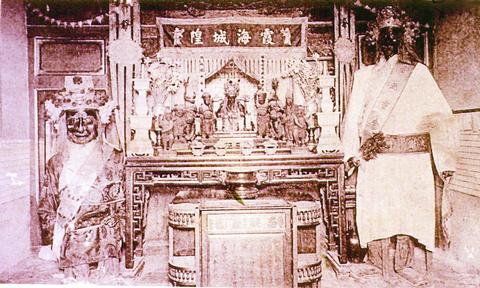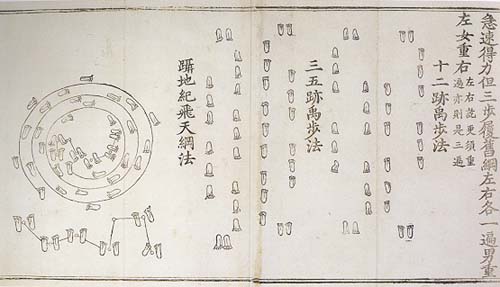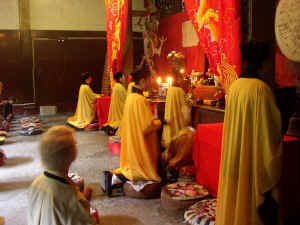
Ancient Taoist talisman designed to
vitalize the brain. From the
Tao-tsang; Section 2: The Cave of Mysteries; Wieger index number 543-41:22b.
The Tao-tsang, also known as Taoist Canon, is the largest collection of Taoist sacred, philosophical, magical and alchemical texts. It contains texts and images from both major branches of Taoism: Tao-chia (the so-called "philosophical and mystical branch") and Tao-chiao (the so-called "religious, alchemical branch").
Many works of the canon date back to the 3rd/5th century, and it was first printed in 1190.
http://www.yoniversum.nl/pandora/taomagic.html




































